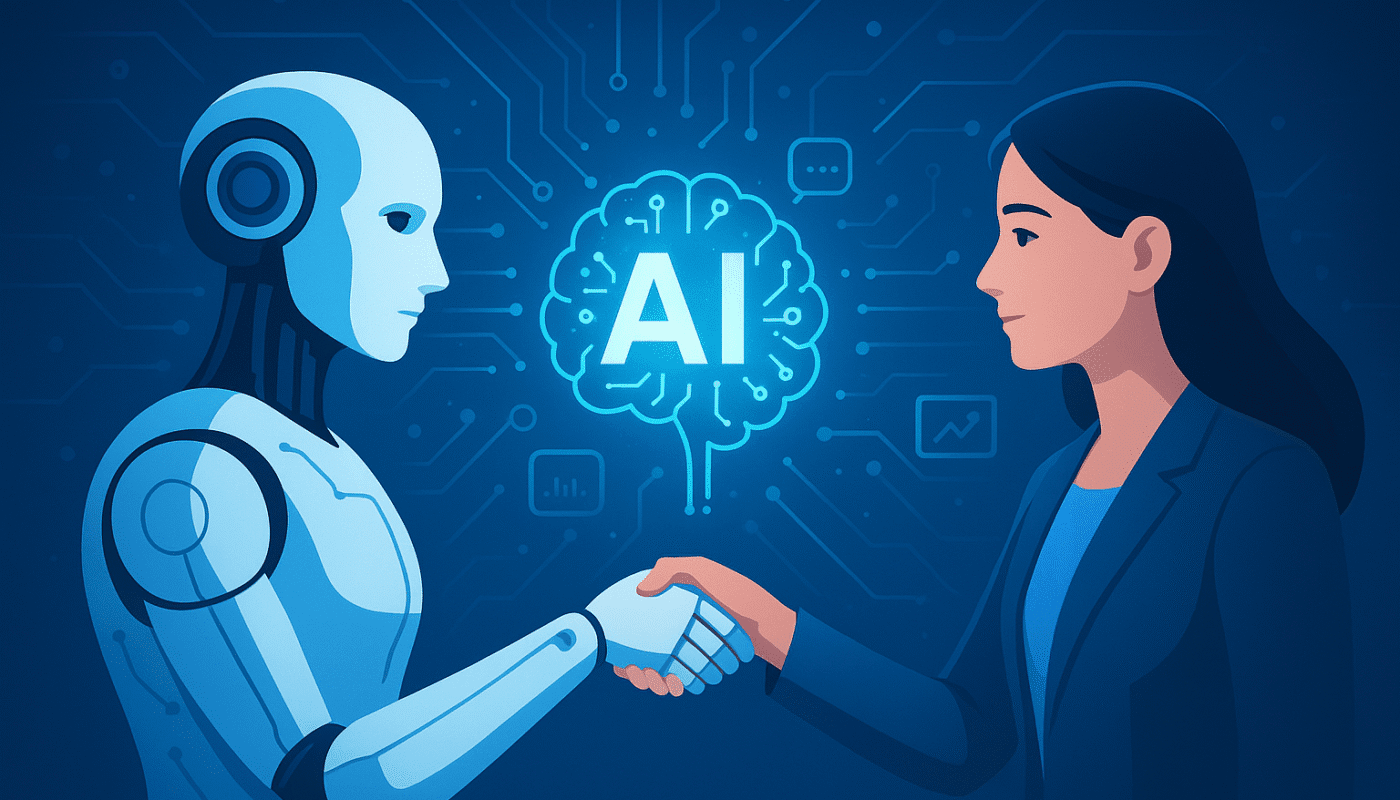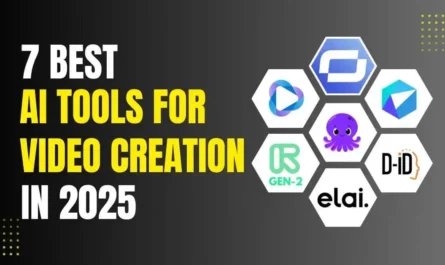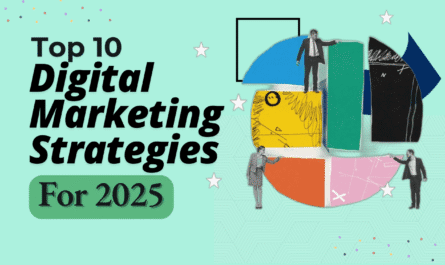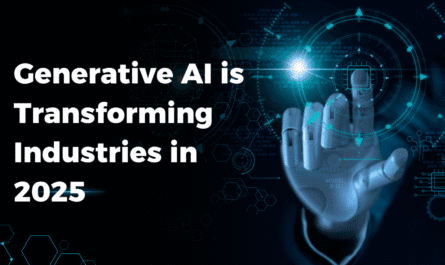Introduction to AI: Understanding Artificial Intelligence
Artificial Intelligence (AI) is no longer a futuristic concept—it’s an integral part of our daily lives. From smart assistants like Siri and Alexa to advanced robotics and predictive analytics, AI is revolutionizing how we live, work, and interact. It represents the simulation of human intelligence in machines that can learn, reason, and make decisions—often faster and more accurately than humans.
The concept of AI dates back to the 1950s when computer scientists like Alan Turing began exploring the possibility of machines that could “think.” Today, AI is the driving force behind automation, innovation, and digital transformation across nearly every industry.
What Is Artificial Intelligence (AI)?
Artificial Intelligence (AI) refers to the ability of machines to mimic human cognitive functions such as learning, problem-solving, perception, and decision-making. AI systems process vast amounts of data, identify patterns, and make informed predictions or actions based on that information.
In simpler terms, AI enables computers to “think” intelligently. Whether it’s recommending a movie on Netflix or powering self-driving cars, AI algorithms are at work behind the scenes, constantly improving based on experience.
The Evolution of AI: From Concept to Reality
AI has evolved through several major stages—from early rule-based systems to today’s deep learning networks. In the 1980s, expert systems dominated the AI landscape, relying on predefined rules and human expertise. However, the rise of machine learning and big data in the 2000s changed everything.
Modern AI now relies on neural networks that learn patterns automatically, making technologies like voice recognition, image processing, and natural language understanding possible. This evolution continues as researchers push the boundaries with quantum computing and generative AI tools that can create text, images, and even code.
Types of AI: Understanding the Different Categories
Narrow AI (Weak AI)
Narrow AI is designed to perform specific tasks, such as facial recognition or voice assistance. It operates under a limited context and doesn’t possess consciousness or self-awareness. Examples include chatbots, recommendation engines, and spam filters.
General AI (Strong AI)
General AI, often seen in science fiction, would have the same cognitive capabilities as humans. It could understand, learn, and apply knowledge across multiple domains. While this remains theoretical, researchers continue to explore pathways toward achieving true human-like intelligence.
Superintelligent AI: The Future Frontier
Superintelligent AI would surpass human intelligence in every aspect—creativity, decision-making, and emotional understanding. Though it remains hypothetical, it poses profound ethical and existential questions for humanity’s future.
Key Technologies Powering AI
Machine Learning and Deep Learning
Machine Learning (ML) allows computers to learn from data and improve performance over time without explicit programming. Deep Learning, a subset of ML, uses neural networks to simulate human brain functions, powering technologies like image recognition and language translation.
Natural Language Processing (NLP)
NLP enables machines to understand, interpret, and respond to human language. Applications like chatbots, virtual assistants, and automated translations rely on NLP to make communication between humans and computers seamless.
Computer Vision and Robotics
Computer vision empowers machines to interpret visual information from the world. When combined with robotics, it enables automation in industries like manufacturing, healthcare, and logistics—resulting in smarter, safer, and more efficient operations.
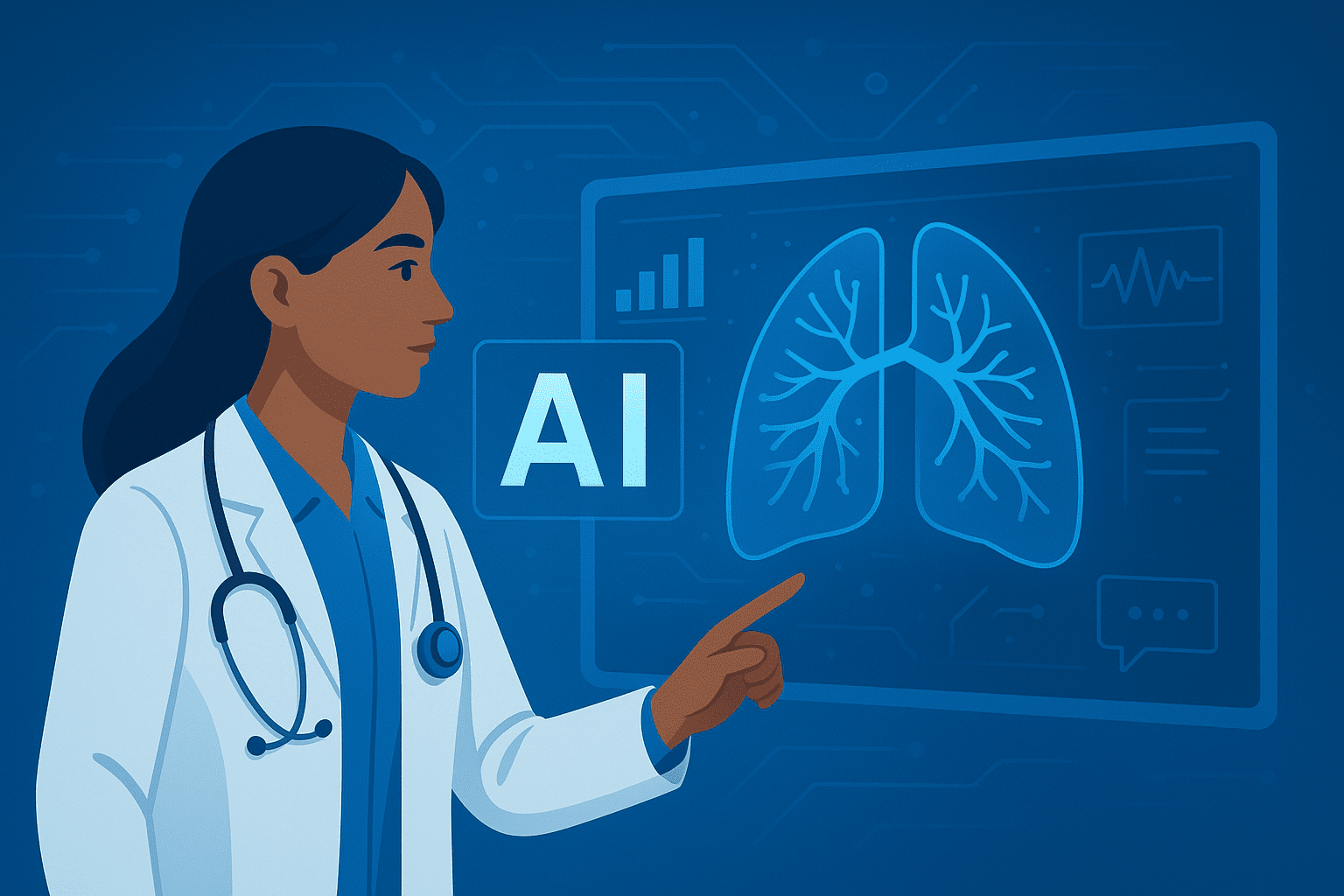
Real-World Applications of Artificial Intelligence
AI is not limited to labs or startups; instead, it’s transforming industries across the globe. Whether it’s diagnosing diseases or improving logistics, AI acts as the invisible engine driving innovation and efficiency.
AI in Healthcare
AI has reshaped the healthcare landscape by enhancing diagnostics, treatment plans, and patient care. Moreover, machine learning algorithms analyze medical images faster and more precisely than humans, enabling early detection of conditions like cancer.
AI-powered wearables now monitor heart rate, oxygen levels, and sleep patterns, helping patients track their health in real time. Hospitals also rely on predictive analytics to anticipate patient admissions and optimize workflows. Notably, Google DeepMind and IBM Watson Health lead breakthroughs in drug discovery and disease prediction.
AI in Finance and Banking
Financial institutions increasingly depend on AI for fraud detection, credit scoring, and customer service automation. Algorithms can detect suspicious transactions in real-time, preventing billions in losses. Furthermore, robo-advisors use AI to guide investors based on market trends and risk tolerance.
Customer interactions have improved dramatically as chatbots and virtual assistants deliver 24/7 support with remarkable accuracy.
AI in Education and E-Learning
Education systems worldwide are embracing AI to personalize learning experiences. Intelligent tutoring platforms such as Coursera and Duolingo adapt lessons to each student’s pace. In classrooms, teachers use AI tools to identify struggling students early, ensuring targeted interventions and better academic outcomes.
AI in Marketing and Customer Experience
Businesses utilize AI to predict consumer behavior and optimize advertising campaigns. Additionally, machine learning analyzes social media data to deliver hyper-personalized recommendations.
Tools like ChatGPT and Jasper AI assist marketers in crafting content efficiently, while sentiment analysis helps brands understand public perception more effectively.
AI in Transportation and Smart Cities
From autonomous cars to intelligent traffic systems, AI is redefining mobility. Self-driving vehicles powered by AI promise safer roads and reduced congestion. At the same time, smart cities are using AI to manage energy, waste, and public safety — making urban living more sustainable and efficient.
The Benefits and Limitations of Artificial Intelligence
Advantages of AI in Everyday Life
AI simplifies complex tasks, boosts productivity, and enhances decision-making. Because of its ability to analyze massive datasets, organizations make smarter, data-driven choices.
In daily life, AI powers smart home devices and recommendation systems that personalize entertainment and shopping experiences.
Key benefits include:
Accuracy and Precision: Reduces human error in healthcare, manufacturing, and logistics.
24/7 Availability: Unlike humans, AI systems operate continuously without fatigue.
Deeper Insights: Identifies hidden patterns and trends often missed by humans.
Challenges and Ethical Concerns
However, despite its advantages, AI also raises issues related to privacy, bias, and employment. Since AI learns from existing data, biased datasets can lead to unfair outcomes — particularly in hiring or criminal justice. Moreover, automation threatens certain jobs, leading to social and economic challenges.
To ensure fairness, global policymakers are working toward transparent AI governance and ethical frameworks.
AI and the Future Workforce
Automation and Job Transformation
AI automates repetitive tasks, freeing humans to focus on creativity and innovation. Although some jobs may disappear, new opportunities are emerging in data science, AI ethics, and automation design.
According to the World Economic Forum, AI will both displace and create millions of jobs by 2030. Therefore, continuous reskilling and upskilling are essential for the workforce of the future.
New Career Opportunities in AI
As demand increases, careers in AI research, machine learning, and data analytics are booming. Organizations now seek experts to integrate AI systems into business operations. Likewise, educational institutions are expanding programs to train the next generation of AI professionals.
AI and Ethics: Balancing Innovation with Responsibility
Bias, Privacy, and Data Protection
AI systems rely heavily on data, making privacy and bias crucial issues. Without proper regulation, sensitive data may be misused, and biased algorithms could reinforce discrimination. Therefore, building ethical AI requires transparency, fairness, and inclusivity in data practices.
AI Governance and Regulation
Governments and corporations are introducing strict guidelines to ensure AI’s safe and ethical use. For instance, the EU AI Act classifies AI systems by risk and enforces compliance standards. Similarly, companies are forming internal ethics boards to monitor responsible AI deployment.
Future Trends and Predictions for Artificial Intelligence
AI in Quantum Computing
Quantum computing promises to accelerate AI’s growth by processing data at unimaginable speeds. Consequently, industries like cryptography, materials science, and medicine are set to experience revolutionary breakthroughs.
AI for Sustainability and Climate Action
AI is also tackling global issues such as climate change. Predictive models forecast extreme weather, optimize renewable energy, and improve agricultural output — all contributing to a sustainable future.
The Next Decade of AI
Over the next decade, AI will become more human-centric and emotionally intelligent. From empathetic chatbots to AI-generated art, the line between machine and human creativity will blur. Experts predict collaboration, not competition, between humans and AI, enhancing productivity and quality of life.
Frequently Asked Questions About AI
What are the main goals of AI?
To simulate human intelligence, automate tasks, and improve decision-making through data.Is AI dangerous?
Not inherently, but misuse — such as biased algorithms or autonomous weapons — poses ethical risks.How is AI used in daily life?
AI powers assistants, navigation apps, and smart home devices, simplifying everyday routines.Can AI replace human jobs?
AI automates certain tasks but also creates new roles in programming, data science, and automation design.What are examples of AI tools?
ChatGPT, Google Bard, TensorFlow, and IBM Watson are leading AI tools across industries.What’s the future of AI?
The future centers on ethical, transparent, and sustainable collaboration between humans and intelligent systems.
Conclusion: Embracing the Power and Promise of AI
Artificial Intelligence is reshaping the modern world — from healthcare and education to marketing and transportation. While challenges remain, responsible innovation ensures that AI benefits everyone.
Embracing AI isn’t about replacing humans; it’s about augmenting our potential and guiding technology toward a safer, fairer, and more sustainable future.
For more insights, explore IBM’s AI Research Hub.

